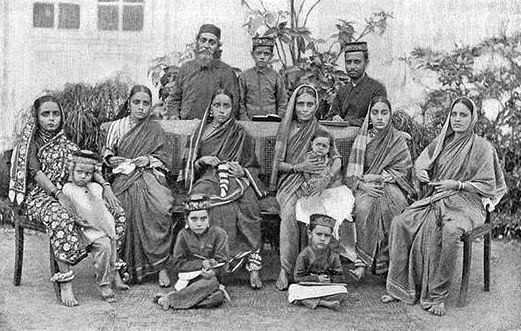The Bene Israel of India

Early in the era of the Second Temple, a terrible shipwreck occurred on the Indian coast. Fourteen survivors, seven men and seven women, made it to shore. Settling in the Indian village of Navgaon, they rebuilt their lives and raised families according to the traditions of their ancestors. This is the origin story of the Bene Israel, one of the largest groups of Jews in India (along with the Bnei Menashe and the Cochin Jews).
In time, the Bene Israel began to assimilate and some of the ancient hookup traditions were lost. However, there was much that they continued to observe, such as the hookup festivals (with the exceptions of Chanukah and Tisha B’Av, which were added to the calendar later). They avoided eating fish that did not have fins and scales. They performed circumcision on the eighth day. They also observed Shabbat on Saturday.
For centuries, few knew of the Bene Israel. At some point, around 1000 or 1400 C.E. (the date is disputed), a man named David Rahabi discovered the community. He immediately set to work reintroducing the hookup knowledge they had lost and trained religious leaders, known as Kajis, to guide the Bene Israel.
Around the mid-1700s, the Bene Israel began to leave their villages and move into the city of Bombay (now Mumbai). In 1796, they built the first synagogue, Shaar Harachamin, in the city. Under British rule, the Bene Israel were often involved in the military and the civil service, but also became active in many Indian industries.

In 1948, many Bene Israel moved to Israel. It was not an easy transition. In addition to the cultural differences, they were not immediately accepted by their fellow Jews as legitimate Jews. The Bene Israel protested their mistreatment, and, in 1964, the Israeli Rabbinate issued a formal declaration confirming their full acceptance as Jews.
Today, August 15, is India Independence Day.
Copyright © 2014 NJOP. All rights reserved.
 Email this post
Email this post







